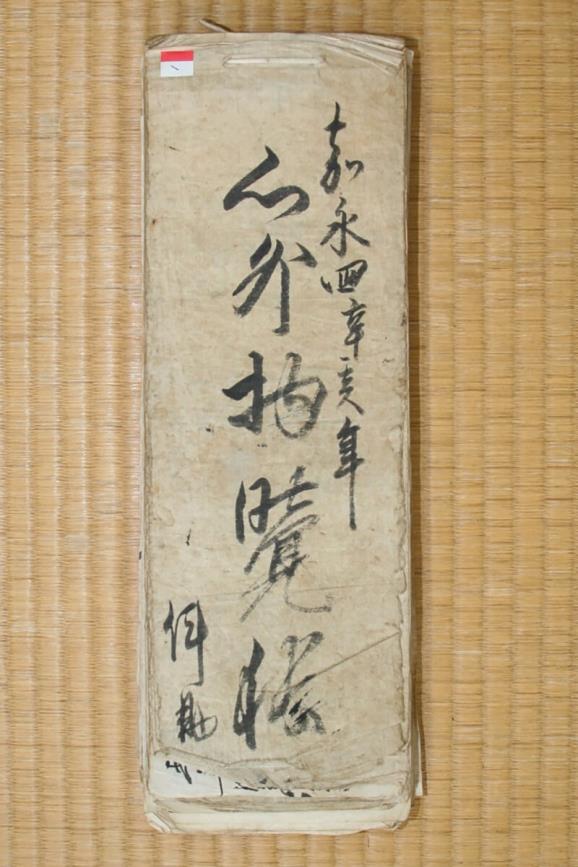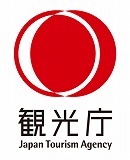最終更新日:2022年8月1日

The Toyama family was the largest and most influential in southern Shirakawa-go in the nineteenth and early twentieth centuries. At the turn of the twentieth century, up to 48 members of the family lived together in the same house in the village of Miboro. This form of communal lifestyle was common in what are now the southern and northern parts of Shirakawa, where the scarcity of farmland meant that entire extended families often continued living under the same roof. Instead of having children other than the heir (usually the oldest son) move out to start their own families, they would all collaborate in cultivating the family fields and raising silkworms.
This document provides insight into life in the extended family, in which the head of the household sought to secure a measure of individual freedom for nuclear families within the large family. This was done by allowing them time off from their regular duties through a system called shingai. On shingai days, the husband, wife, and their children could spend time together, work a small field designated for them, or pick berries and wild plants in the mountains. Any surplus crops they produced or edibles they foraged would be bought by the head of the household, resulting in private income for the nuclear family. The document includes a record of the items purchased by the head of the family under this system.
この英文解説は、2021年観光庁「地域観光資源の多言語解説整備支援事業」により整備しています。
This English description is provided by the "Multilingual Commentary Project 2021" of Japan Tourism Agency.

Description
| Name |
Toyama Family Document on Shingai Activities
|
| Type |
Shirakawa Village Designated Important Cultural Property
|
| Date |
Designated on April 1, 2015
|